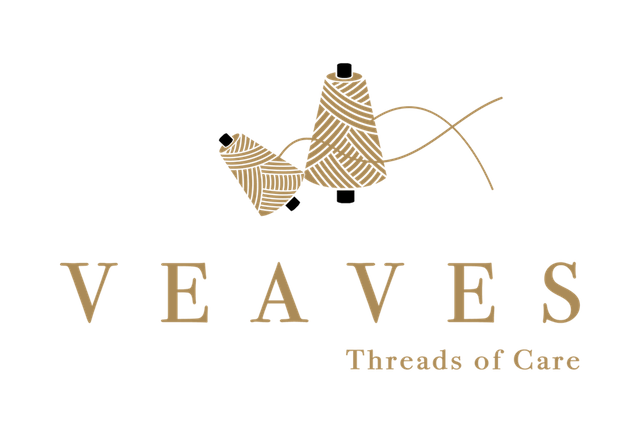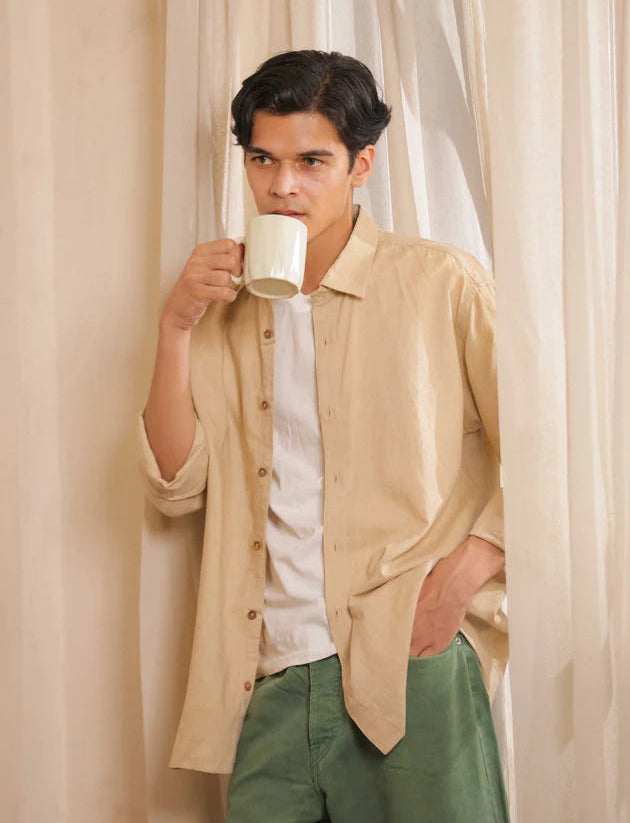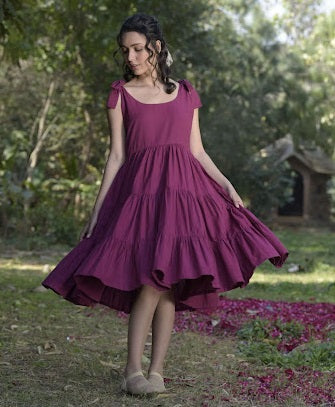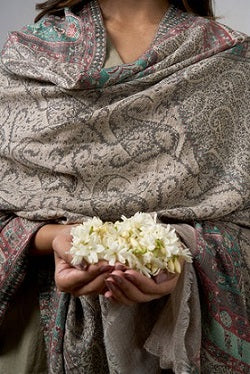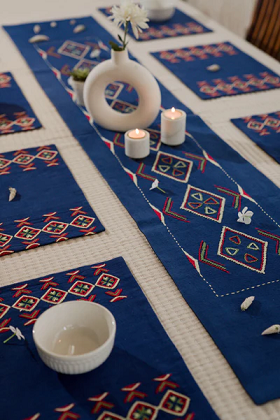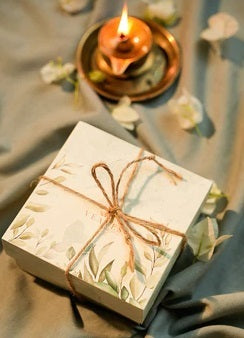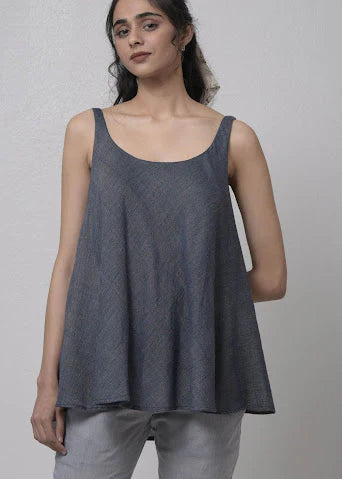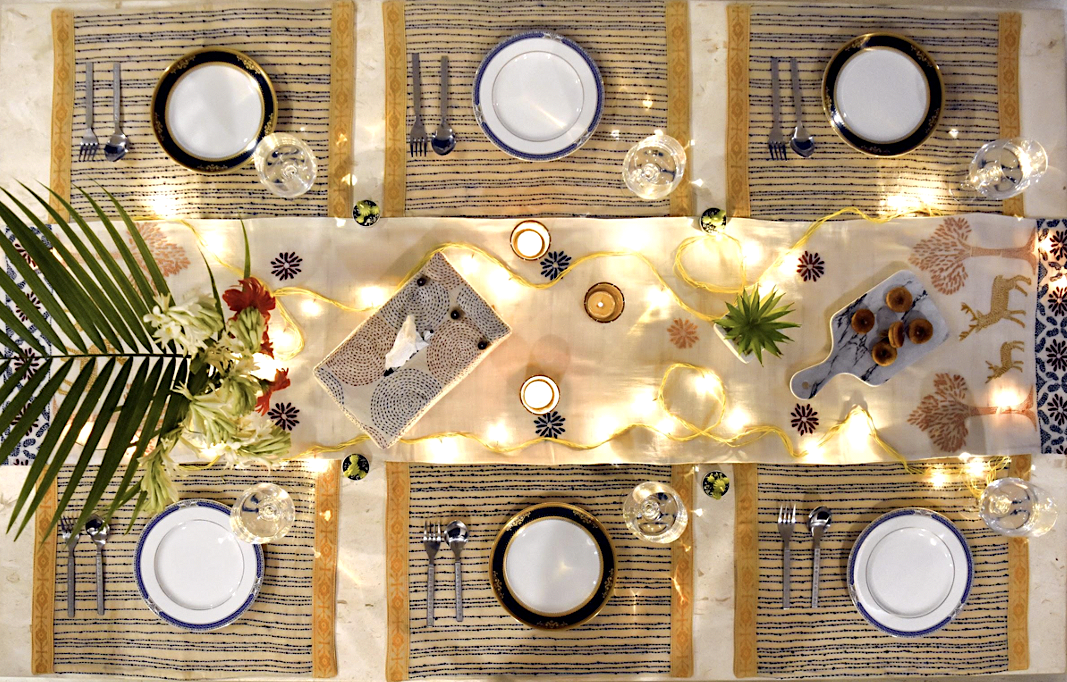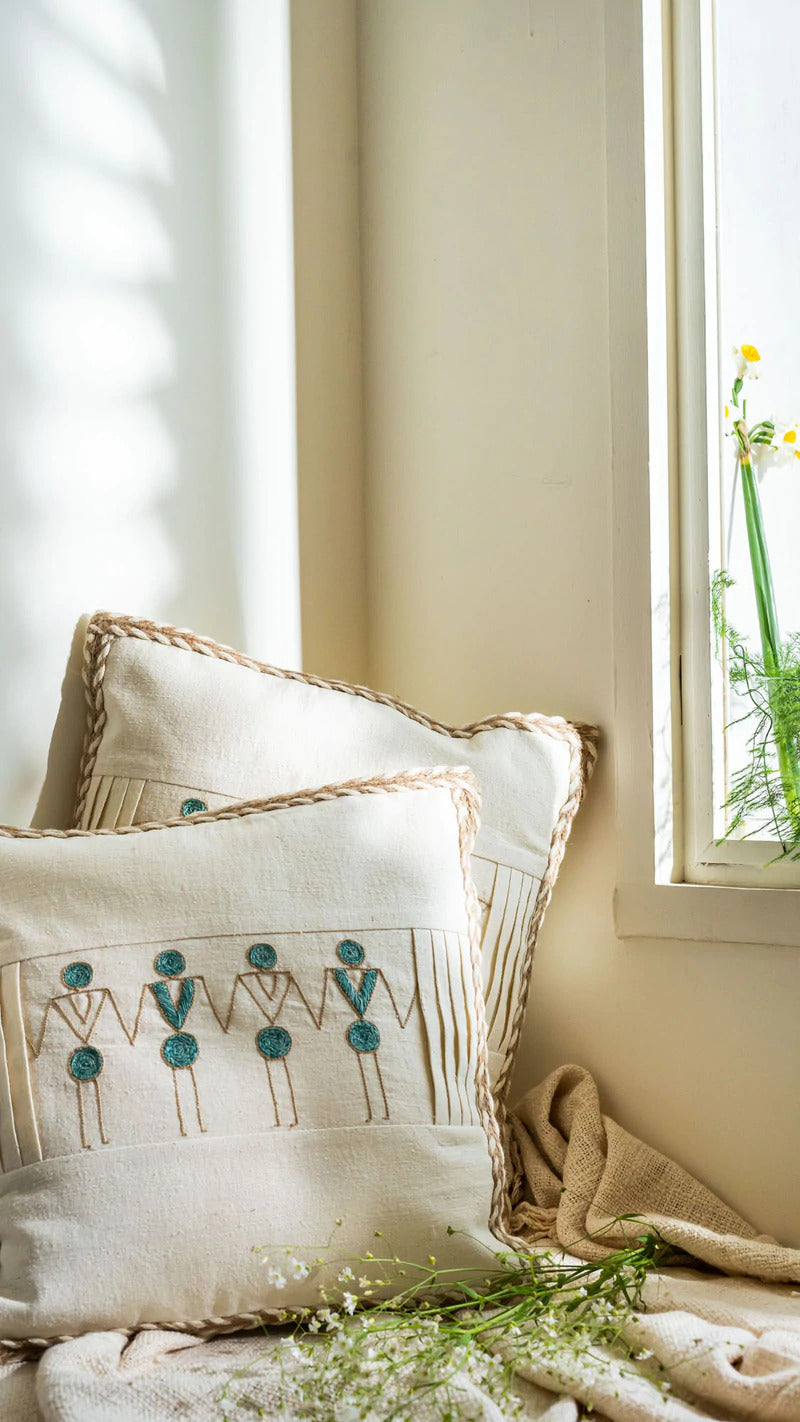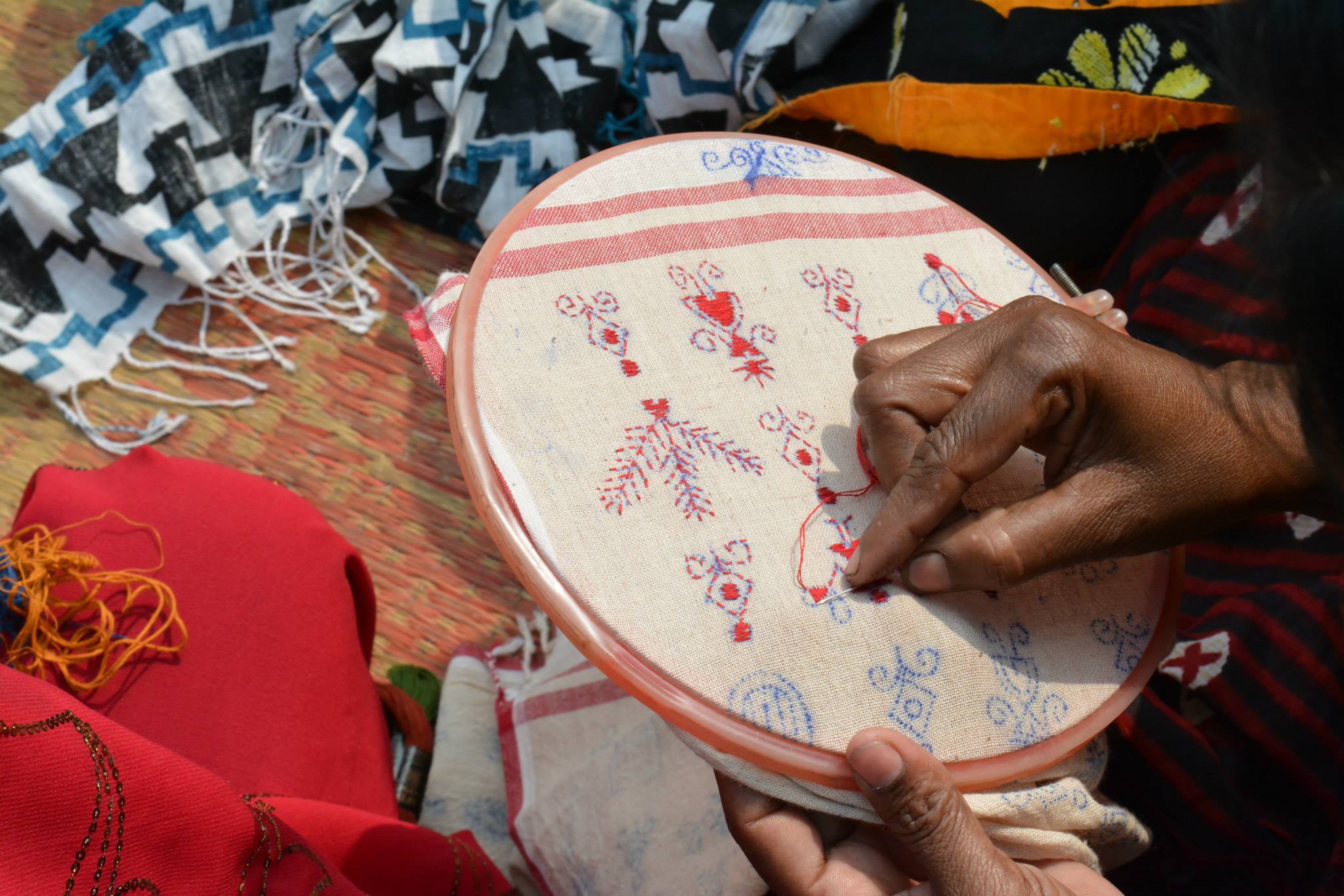
Kantha: An Ode To A Humble Weave
Embroidery as a craft has been in existence since time immemorial, evolving in various cultures across the world. While initially, it began as a process used to tailor, mend and reinforce cloth, it fostered the development of decorative sewing techniques, being popularised within societies. In India, the oldest tradition of stitching patchwork cloth started with Kantha embroidery designs.

Image Credits : b2bbd.blogspot.com
Believed to be derived from the Sanskrit word ‘kontha’ meaning rags is one of the oldest forms of embroidery originating from India, tracing its origins back to the pre-Vedic age (prior to 1500 BCE).A simple running stitch, the arrangement of different materials in artistic patterns is what makes Kantha a complex design vocabulary. Like any textile tradition, Kantha embroidery was heavily influenced by the climate, geography, availability of materials, daily needs, culture and economic factors. Kantha was a way of breathing new life into old textiles as the labour of stitching fell mostly upon women who would pull together old cotton saris, dhotis and lungis to piece them together to make one discernable, utilitarian textile.

However, this quintessentially kantha work embroidery had all but disappeared in the early 19th century before being revived in post-colonial India as a highly valued and admired art.
Kantha embroidery tells stories of culture, religion, folklore, practices, art and the lives of women within its stitch and layers.

As an ambiguous stitch, Kantha embroidery gives free rein to the imagination with our own creativity being the limit. The process first begins by cutting the fabric in the desired shape and layering it for the required thickness. The artisan will then run a stitch delicately around the edges to hold the fabric layers together then proceeds to make the finer Kantha embroidery along one corner to the other.

With its humble beginnings in the rural villages of Bengal, the art form of Kantha was passed down from mothers to their daughters and now becoming a craft celebrated and practised by hundreds of South Asian women.
As a women dominated craft, Veaves believe that Kantha embroidery can empower women with a means to earn income. With more and more women breaking the glass ceiling and understanding the need for financial independence, finding a skill or occupation that can help support their family while upholding traditional artforms is a novel deed indeed. At Veaves, we aim at spreading the artforms among rural communities to help women contribute to the growth of their families. In turn, this will allow the education of more young girls without the burden of fending for their families and thereby lead to a future led by educated, bright and talented women.

We, at Veaves, aim at supporting our weaving community, women and other minorities as they are the backbones of our nation. Therefore, making a purchase from Veaves is to support these communities and their hard work. We are on a mission to support the craft of rural Indian women. To tell their story, to support them and bring them back to the limelight of Indian artisanal craft. We work with the weavers, respecting their skill and labour while providing them with a platform to showcase their art and support them as we attempt to motivate you with urgency on how art forms such as weaving and embroidery, something as simple as this can help change lives.

The elegant patterns that we have recreated run through simple geographic lines across cotton and silk fabrics at Veaves. Achieving this on sophisticated home essentials paves the way to a newly inspired look for your home. The cultured patterns of Kantha embroidery, woven together in time, bring home our heritage, adding a sense of character and culture deeply rooted in the history of India.
